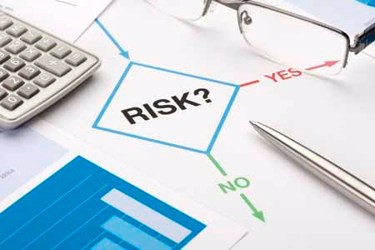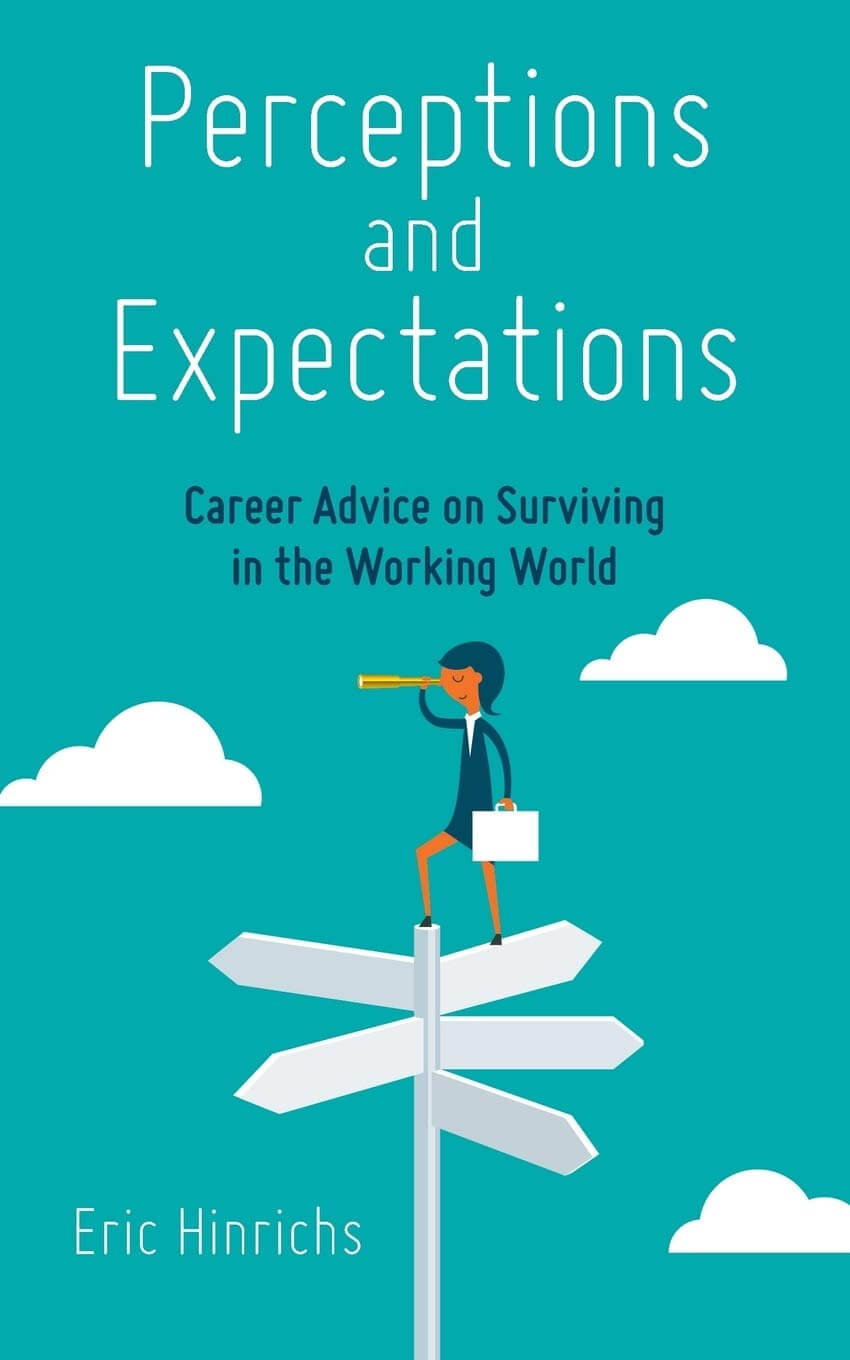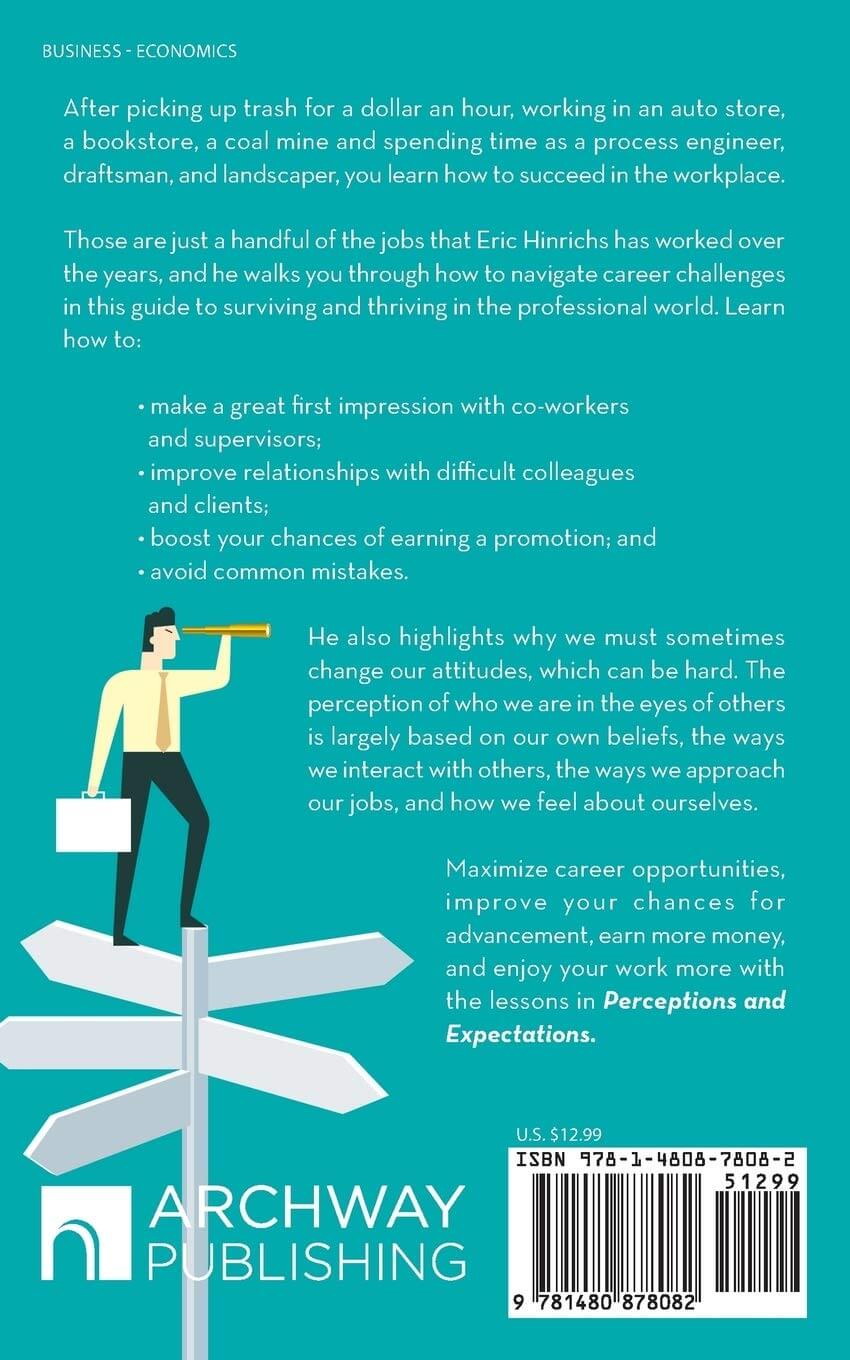
It’s a great day for hiking in the woods. The sun is shining, the temperature is just right, and the calmness of the forest is relaxing. After a time, you come to a stream that’s swollen from rain the day before. You have to cross the stream, but you have no way of knowing how deep the water is or if the current would be too much for you. Glancing to your left you see a tree that has fallen across the stream. Is it strong enough to support your weight if you use it to cross? If you walk along the stream bank, would you find a more suitable place to cross? Or should you turn back and take a different trail that may have a bridge or an easier crossing?
All these options have their own upside and downside. Whatever decision you make, there would be varying degrees of risk. If you chose to try the tree, would it hold? What if you slip and fall? Could you be injured? If so, how seriously? If you cross the stream, would the risk be more or less than trying the tree? What are the chances you slip and drown? Or do you take time to look for a more suitable place to cross? If so, how much of a delay would be acceptable? When do you give up trying to find a better spot to cross? Lastly, if you turn back and take a different trail, would you find a way to safely cross or would you encounter other, more riskier options? Would that delay be acceptable?
The scenario described above is much like the questions and challenges a project team wrestle with in designing a new medical device. The pressure of getting a device to market as quickly as possible, the pressure of picking the right design, and the pressure of maintaining a budget and managing project resources all influence a device’s design in subtle ways.
Each aspect in the design of a medical device has associated risks, associated delays, and associated advantages. The key to successful product development is to weigh the risk versus the reward. How best to accomplish this assessment? Through the use of risk documents.
Failure mode and effect analysis (FMEA) documents are designed to work with the medical device’s design team to ensure the new design meets all intended uses and does so in as effective and safe a manner as possible for both the user and the patient. To effectively accomplish this, it is important to any device’s development to constantly assess changes and modifications of the design against associated risks.
Failure Is Not An Option
To quote Gene Kranz, the Apollo flight director who led the team that guided the stricken Apollo 13 safely back to earth, “Failure is not an option.” Nothing is worse than launching a promising new medical device only to have safety and efficacy issues occur that result in negative publicity, lost revenue, and, in some cases, eventual recall. The disappointing aspect is how easily most quality issues could have been avoided if the project team had done a more thorough job of assessing risk.
That is why risk documents are an integral part of design control for medical devices. Risk documents guide the design team to understand all the myriad ways a device could fail or create a potential harm/hazard and the best way to minimize or eliminate the identified risks. This could be through a modification in the design or through the introduction of better controls. This living process, when properly applied, helps ensure a device is safe, efficacious, and reliable.
Risk documents also provide documented evidence of the device’s risks and how the risks have been reduced or eliminated, as well as what controls or specifications are in place to accomplish this minimization/elimination. This important documentation is required under design control for the device’s design history file.
Don’t Treat Risk Assessment Lightly
A friend of mine worked at a company that was designing a new way to administer sealing a tear in a vessel. During the development of the device, it was observed that the device would occasionally cut the sealing device during operation. This small cut was dismissed as a low-risk event. Besides, the project team reasoned, it was occasional and a minor cut at that so what harm would it cause anyway? The project team was under enormous pressure from management to release the device to market. Faced with mounting pressure, the project team decided to move forward with the project despite this potential failure mode. To make matters worse, the project team didn’t even acknowledge this observation in any of their risk documents. What happened when the device was launched? Users started reporting sealing failures. Eventually, the number of instances of failure became so great that the device was pulled from the market.
It is clear the project team did not leverage their risk documents to properly assess this failure mode and make the necessary design changes to eliminate its occurrence. It is possible the pressure from management played a key role in this decision, but, ultimately, it was the team’s responsibility to ensure the device they designed was safe. Their decision, unfortunately, resulted in a negative perception of the company by the market, a negative effect on its revenue, and it negatively impacted the careers of team members.
Weigh The Risks
There are no shortcuts to safety. There are no shortcuts to doing the right thing. The greatest tool in your toolbox to achieve “fast-to-market” is risk documents. Risk documents are essential tools to help a team avoid product performance issues and avoid causing unnecessary harm to patients. It is in every team’s interest and the company’s to be intellectually honest and critical in assessing risk. A project team may make management happy in meeting a launch date but if the product causes field issues, that same management will be coming back to the project team asking questions that will sure to be very uncomfortable to answer.
In the end, management is relying upon you, the project team, to make sound decisions regarding risk. After all, doctors and their patients are counting on you to provide the best possible level of care while not causing harm. Medical companies are in business of improving the quality of life. Risk documents are a key to meeting this responsibility. Take the time to execute your risk documents properly and be as realistic as possible with assessments. In the end, we all will benefit.



